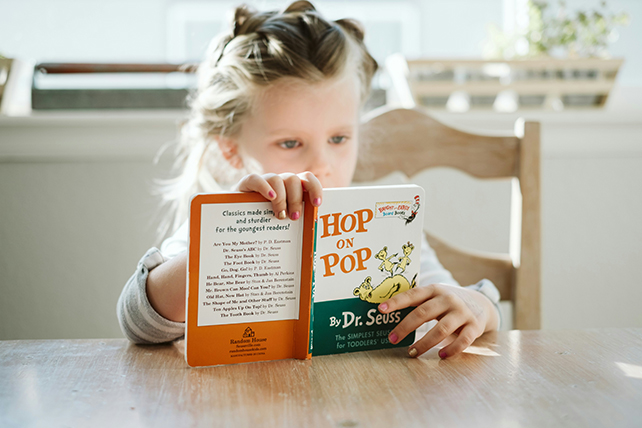When's the last time you settled down with a good book, just because you enjoyed it? A new survey shows reading as a pastime is becoming dramatically less popular in the US, which correlates with an increased consumption of other digital media, like social media and streaming services.
The survey was carried out by researchers from the University of Florida and the University of London, and charts a 40 percent decrease in daily reading for pleasure across the years 2003-2023, based on responses from 236,270 US adults.
For the purposes of the study, it was considered reading for pleasure if participants read a book, magazine, newspaper, or e-reader, or listened to an audiobook, for their own personal interest.
Times and habits are always going to change across the years of course – but given reading's clear links to numerous benefits, such as comprehension skills, mental well-being, and empathy for others, not to mention actual literacy levels, this is a trend that we should be looking to reverse.
Related: Reading Hits Differently to Listening For Your Brain, Science Says
"This is not just a small dip – it's a sustained, steady decline of about 3 percent per year," says Jill Sonke, director for the Center for the Arts in Medicine at the University of Florida. "It's significant, and it's deeply concerning."
The number of US people reading for pleasure every day peaked in 2004 at 28 percent, the researchers found, but by 2023 this was down to 16 percent. There was a silver lining though: those people who are still reading are reading for slightly longer on average.

Reading habits aren't changing across the board. The drops in reading for pleasure were higher in Black Americans, especially those with lower income, education levels, and who lived outside of cities.
That speaks to problems beyond the rise of smartphones, tablets, and other screens, according to the researchers. Different life situations are leading to disparities in accessibility that don't help promote reading as a pastime.
"Our digital culture is certainly part of the story," says Sonke. "But there are also structural issues – limited access to reading materials, economic insecurity and a national decline in leisure time."
"If you're working multiple jobs or dealing with transportation barriers in a rural area, a trip to the library may just not be feasible."
The team behind the study wants to see more done to get these numbers going back in the opposite direction, but emphasizes that change should be strategic: community-centered initiatives, such as library events and book clubs, for example.
Of those who are reading for pleasure every day in 2023, 67 percent are doing it alone and 94 percent are doing it at home (either theirs or someone else's). Making reading more of a group activity may be one way to get more people opening up a book more regularly.
Parents reading with children is another activity that should be encouraged, the researchers say. The percentage of people doing this hasn't actually changed over the last two decades, the survey indicates, though it's not many people: just 2 percent.
"Reading has historically been a low-barrier, high-impact way to engage creatively and improve quality of life," says Sonke. "When we lose one of the simplest tools in our public health toolkit, it's a serious loss."
The research has been published in iScience.
